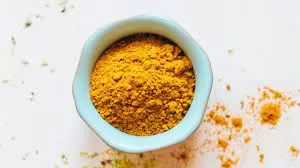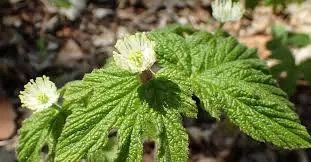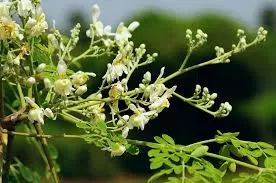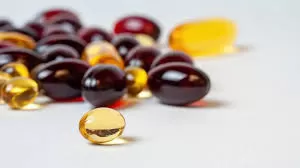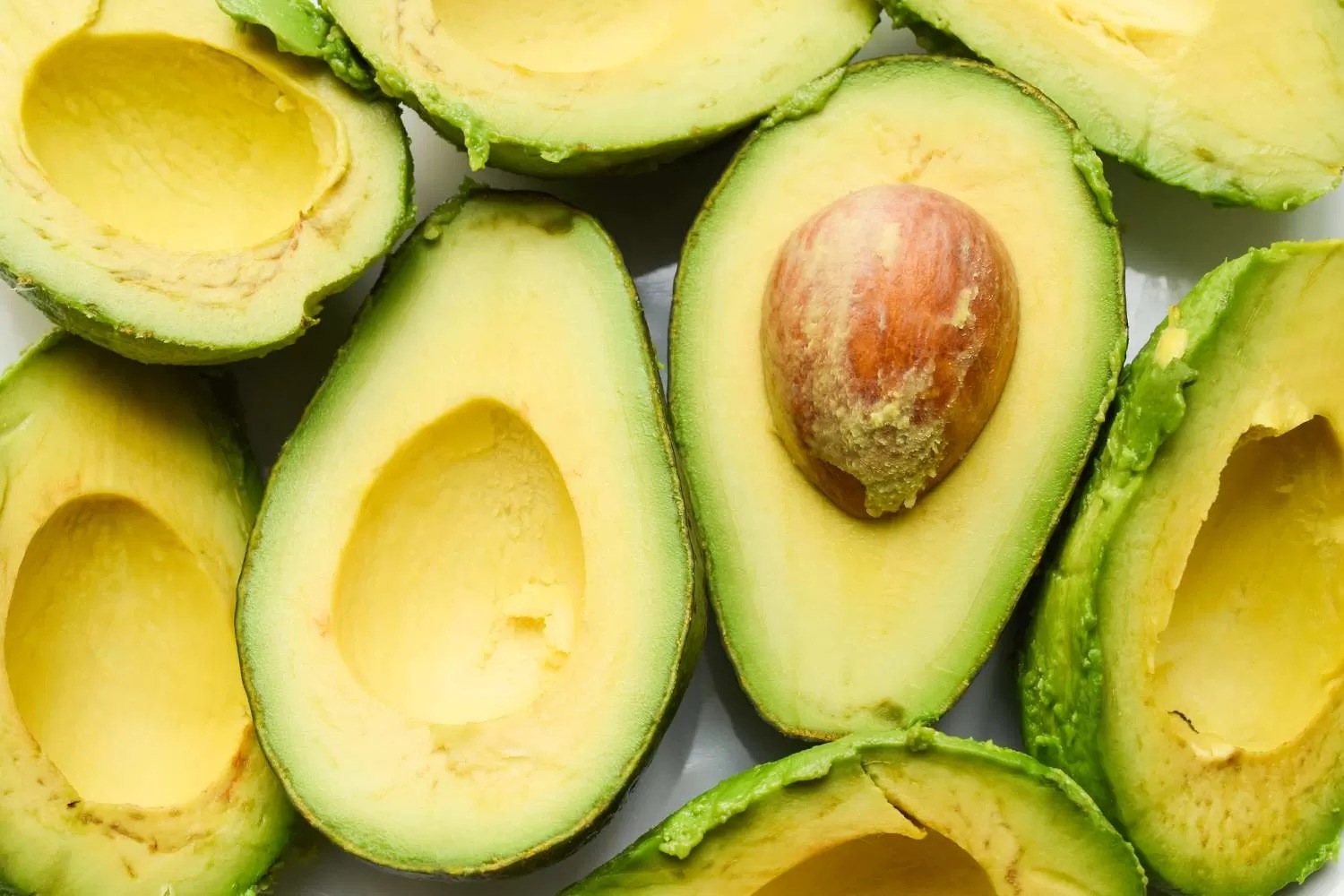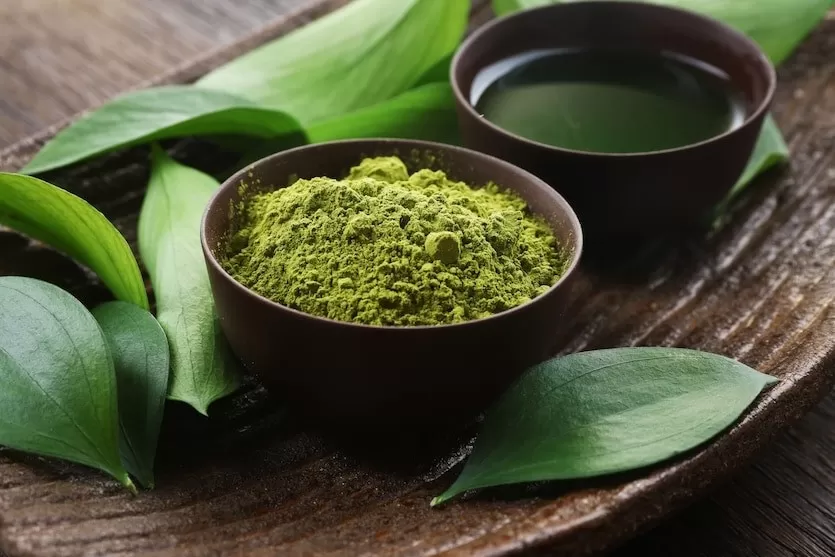- 0086-571-85302990
- sales@greenskybio.com
Marshmallow Root: History, Phytonutrient Profile and Health Benefits
2025-05-20
Marshmallow Root: An Ancient Herbal Remedy with Modern Benefits
Marshmallow root (Althaea officinalis) has been a staple of herbal medicine for thousands of years, celebrated for its soothing properties and unique mucilaginous texture. Once merely a confectionery ingredient, marshmallow root is now revered for its powerful healing capabilities. From ancient Egyptian apothecaries to contemporary herbalists, marshmallow root has been esteemed for its capacity to heal, nourish, and protect the body.
Historical Significance of Marshmallow Root
Marshmallow root traces its origins to wetlands and damp meadows across Europe, Western Asia, and North Africa. The plant's name, Althaea, derives from the Greek word "altho," meaning "to heal," a direct reference to its medicinal qualities.
The ancient Egyptians were pioneers in recognizing its value, crafting a honey-sweetened confection from marshmallow root to soothe sore throats and heal wounds. This precursor to modern marshmallows marked the initial blend of marshmallow root with nuts and honey, creating a confection known for its soothing effects.
By the Middle Ages, marshmallow root had cemented its place in European herbal medicine. Monks cultivated it in monastery gardens for the treatment of respiratory issues, digestive problems, and skin conditions. Its status as a healing herb endured into the 19th century when it was acknowledged in the United States Pharmacopeia for managing inflammation and irritation. Today, marshmallow root is still cherished as an effective herbal remedy offering gentle relief.
In the 19th century, French herbalist Maurice Mességué recounted a story of a farmer suffering from a persistent cough. After receiving advice to drink marshmallow root tea, the farmer experienced rapid improvement, showcasing the enduring reputation of marshmallow root as a natural healer.
Phytonutrient Profile and Health Benefits
Marshmallow root is dense with mucilage, a gel-like polysaccharide that coats and soothes irritated tissues. Alongside mucilage, marshmallow root contains flavonoids, phenolic acids, and antioxidants that provide anti-inflammatory and immune-supportive benefits.
Essential minerals such as calcium, magnesium, and zinc are present in trace amounts, bolstering overall health. Together, these nutrients make marshmallow root a versatile remedy for various ailments:
Respiratory Support: Marshmallow root is effective in alleviating coughs, sore throats, and bronchitis by coating the throat and reducing irritations.
Digestive Aid: It can ease gastrointestinal discomfort from conditions like acid reflux, gastritis, and IBS by forming a protective layer on the stomach lining.
Skin Care: Topical applications help heal wounds, burns, and eczema, reducing redness and promoting tissue repair.
Urinary Health: It serves as a remedy for UTIs and kidney stones, with diuretic properties aiding in toxin removal.
Immune Enhancement: The antioxidants and anti-inflammatory compounds support immune function and protection against chronic diseases.
Marshmallow root is available in various forms, including dried root, powder, tea, tincture, and capsules. A soothing tea can be made by steeping 1-2 teaspoons of dried root in hot water. For skin applications, a poultice or salve can be directly applied.
Marshmallow root is known under several aliases, reflecting its cultural significance: white mallow, sweet weed, cheeses (due to the seed pod shape), and mortification root, highlighting its wound-healing prowess. In French, it is called 'guimauve,' a term that also refers to marshmallow candy.
Culinary Uses and Recipe Inspirations
Marshmallow root, although predominantly used medicinally, can enrich culinary creations. It is typically light beige or tan, and when dried and powdered, it adopts a pale yellow shade with a mild, sweet flavor.
While its medicinal benefits are paramount, here are culinary ideas featuring marshmallow root:
Soothing Tea: Blend dried marshmallow root with chamomile and honey for a calming drink.
Herbal Soup: Stir powdered marshmallow root into vegetable broth for an immune-boosting soup.
Smoothie: Combine marshmallow root powder with banana, almond milk, and cinnamon for a gut-friendly smoothie.
Healing Salve: Infuse marshmallow root in coconut oil and beeswax to create a soothing balm.
Marshmallow root stands as a testament to the enduring and versatile power of nature’s pharmacy. From ancient practices to modern applications, this unique herb continues to provide relief to those seeking natural wellness. Whether as a tea, salve, or culinary ingredient, marshmallow root remains a gentle yet potent ally in the pursuit of health and holistic healing.
-
Goldenseal: A Historic Herbal Remedy at Risk
2025-05-20






